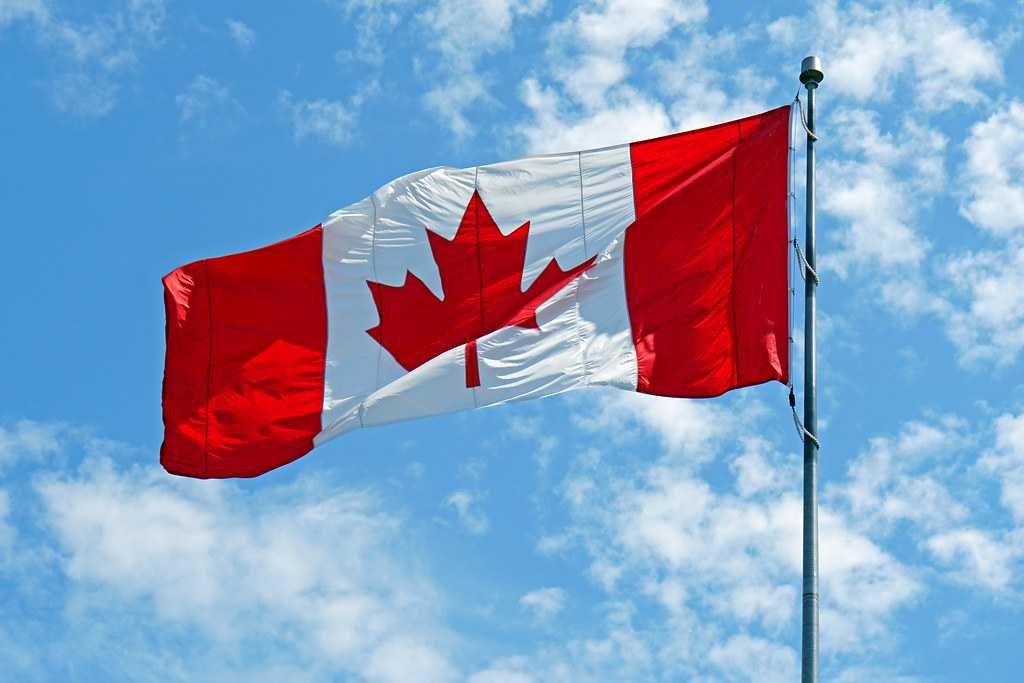Although Canada’s recent federal election was anticlimactic, it demonstrated the ways that Canada’s first-past-the-post electoral system distorts the will of voters. By the end of election night on September 20, 2021, the Canadian House of Commons looked exactly the same as it did the night before. None of the six major parties fielding candidates across the country made major gains, nor did any suffer significant losses. The Liberal Party of Canada, which called the election with the hope of forming a majority government, was still well below the 170 seats threshold that they required to control the House. The Conservatives, their main rivals, were also unsuccessful in winning additional seats, failing to capitalize on voters’ resentment towards the Liberals for calling the election. The New Democratic Party (NDP), after enjoying a groundswell of support during the campaign period, gained only a single seat. Even the Greens (who, along with the NDP, are the only party to support changing electoral systems) saw their popular vote numbers fall through the floor, yet they still managed to break even against the odds.
While the lack of movement for each of the parties is shocking and frustrating in and of itself (pundit Chantal Hebert called the election a “600 million dollar cabinet shuffle”), there are still some changes between the previous election and this one that are worth noting. The popular vote margin with which the Liberals retained power, 32.6 percent, is not only lower than their 2019 vote share but the lowest ever for a winning party. Voter turnout was also low at 61 percent. These numbers tell the story of a democracy in decline.
Both voter turnout and the popular vote margin of the winning party have declined from election to election since Justin Trudeau first became prime minister in 2015. That the latter is lower than ever and continually decreasing is not surprising. It is by design that a government that is less popular with each passing year succeeds in retaining power nonetheless––as former Principal Secretary to Prime Minister Trudeau Gerry Butts noted, it was a priority of Liberal campaign strategy to turn increasingly fewer votes into the same number of seats. Given that it is possible to lose popularity yet retain power under Canada’s first-past-the-post system, Butts suggests that “political market forces” make it inevitable.
The election’s historically low turnout is also connected to electoral gamesmanship––a predictable consequence of political parties that do not consider all votes equal. Because they are treated as an “optimization problem” as opposed to voters to be courted, a shrinking number of Canadians believes that their vote actually matters. While low turnout numbers might have had something to do with the election taking place during a pandemic, the election would not have been called during a pandemic under a system in which the prime minister did not have the authority to call an election whenever they pleased.
The status quo is not the only beneficiary of low turnout. As resentment of democracy grows, so does the voter base for the far-right. Canada’s democratic decline is made manifest in the rise of the People’s Party of Canada, led by Maxime Bernier. The right-wing populist party, while failing to win any representation in Parliament, grew substantially in the popular vote, surpassing the Green Party. Canada has not yet had its turning point like the United States did in the 2016 presidential election (although it may not be far away – Bernier almost became leader of the Conservative Party in 2017). However, the growing popularity of the populist right is in part attributable to widespread disillusionment with increasingly unrepresentative parliaments. Bernier’s claim that Liberals and Conservatives are equally complicit in a “uniparty” resonates because Canada’s electoral system limits representation and discussion.
If there is anything to be gained from the past three federal elections, in particular the most recent one, it is that the flaws in the Canadian electoral system are more visible than ever. Canadians are starting to realize that they are not immune to the polarization that is present in the United States. The acknowledgement that these problems arise from the Canadian electoral system is the first step in changing course.
In the past few weeks, the discussion around reforming Canada’s electoral system has reignited once more, with the results of this past election guiding most of the discussion. The question remains how to take these discussions to the seat of power. The path to proportional representation has narrowed since Justin Trudeau promised to end the first-past-the-post system in 2015. If the prime minister’s broken promise following that election was any indication, anyone who stands to gain from the current system (which always includes those in power) will not change it. A challenge to the first-past-the-post system has to come from an unconventional place, most likely a coalition of smaller parties that stand to gain from a change.
The NDP and the Greens, in collaboration with one another, can capitalize on the momentum of the electoral reform movement by explicitly stating that a citizen’s assembly on electoral reform is a requirement for them to support any government. These two parties have long viewed each other as competition for voters on the left, which may inhibit collaboration. Previous attempts to join forces have not gotten far, but with the 2021 federal election highlighting the insufficiency of the status quo in Canadian politics, the time has come to try again.
Proportional representation is about coalition building between many parties as opposed to the dominance of one or two. In order to change electoral systems, Canadian political parties need to first alter their mindsets to embrace collaboration as opposed to competition – particularly the Greens and the NDP. Reversing Canada’s democratic decline depends on it.
Image: Dennis Jarvis (Flickr)
